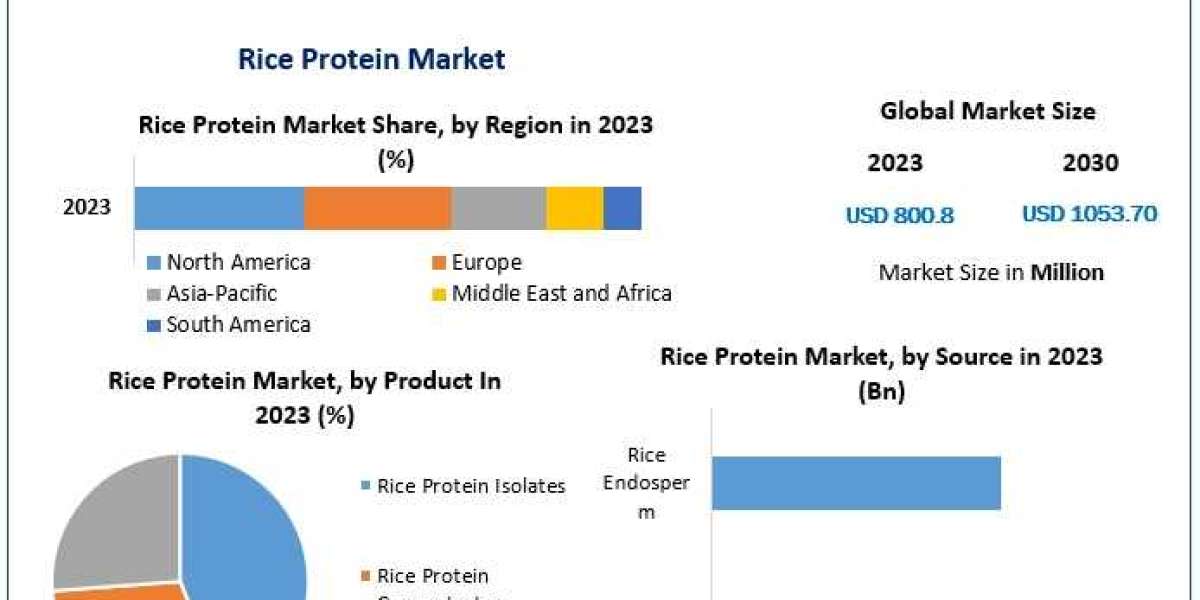Unlocking the Secrets of Uncommon Lactation: What You Never Knew About Milk Production in Non-Pregnant Individuals!
Lactation is often perceived as a phenomenon exclusive to the realm of motherhood, with the image of a nursing mother typically coming to mind. However, the reality is far more complex, as lactation can also occur in non-pregnant individuals, a phenomenon that is both rare and intriguing. This article aims to delve into the world of non-pregnant lactation, exploring its causes, health implications, and how it fundamentally differs from the lactation associated with pregnancy. Through this exploration, we hope to shed light on a subject that is often shrouded in mystery and misinformation, ultimately encouraging a greater understanding of this unique biological occurrence.
Understanding Non-Pregnant Lactation
Non-pregnant lactation, also known as galactorrhea, refers to the production of milk in individuals who are not currently pregnant or have never been pregnant. This condition can arise from various biological processes that trigger the mammary glands to produce milk, despite the absence of pregnancy. The primary driver of lactation is the hormone prolactin, which is produced by the pituitary gland. In normal circumstances, prolactin levels rise during pregnancy and breastfeeding, stimulating milk production. However, in non-pregnant individuals, elevated prolactin levels can occur due to hormonal imbalances, certain medical conditions, or external factors such as stress or medication. Understanding the biological underpinnings of non-pregnant lactation is crucial for recognizing and addressing its causes and implications.
Causes of Lactation in Non-Pregnant Individuals
Several factors can lead to lactation in non-pregnant individuals, with hormonal imbalances being one of the most common causes. Conditions such as hyperprolactinemia, where there is an excess of prolactin in the blood, can trigger milk production. This hormonal imbalance can stem from various sources, including pituitary tumors, thyroid disorders, or chronic kidney disease. Additionally, certain medications, particularly antipsychotics and antidepressants, can increase prolactin levels, leading to lactation. Stress and excessive stimulation of the breasts, whether through suckling or other forms of stimulation, can also provoke lactation, even in the absence of pregnancy. Understanding these causes is essential for anyone experiencing unexpected lactation, as it may indicate underlying health issues that require attention.
Health Implications of Non-Pregnant Lactation
The health implications of non-pregnant lactation can be multifaceted, affecting both physical and psychological well-being. On one hand, lactation itself may not pose significant health risks; however, the underlying causes often do. For instance, individuals with hyperprolactinemia may experience symptoms such as menstrual irregularities, infertility, or osteoporosis due to hormonal imbalances. Additionally, the psychological effects can be profound, as lactation in non-pregnant individuals may lead to feelings of confusion, anxiety, or embarrassment. A friend of mine, who experienced non-pregnant lactation due to a medication side effect, described feeling isolated and misunderstood, as those around her could not comprehend her situation. Conversely, some individuals might find comfort in the ability to lactate, viewing it as a unique aspect of their bodily functions. Overall, understanding the health implications is vital for providing appropriate support and care to those experiencing non-pregnant lactation.
How Non-Pregnant Lactation Differs from Pregnancy-Related Lactation
While the physiological processes of lactation share some similarities, there are significant differences between lactation during pregnancy and non-pregnant lactation. During pregnancy, the body undergoes a series of hormonal changes that prepare the mammary glands for milk production, with elevated levels of estrogen and progesterone playing crucial roles. In contrast, non-pregnant lactation typically arises from isolated cases of hormonal fluctuation, often without the foundational hormonal support provided by pregnancy. As a result, the composition of milk produced during non-pregnant lactation can differ from that produced during pregnancy, potentially lacking certain nutrients essential for infant growth. Furthermore, the psychological context surrounding lactation differs greatly; whereas pregnancy-related lactation is often associated with nurturing and motherhood, non-pregnant lactation may evoke feelings of confusion or concern. Understanding these distinctions can help demystify non-pregnant lactation and foster a more compassionate approach to those experiencing it.
Understanding Non-Pregnant Lactation: Key Insights
In conclusion, non-pregnant lactation is a fascinating and complex phenomenon that highlights the intricacies of human biology. By understanding its causes, health implications, and differences from pregnancy-related lactation, we can foster greater awareness and empathy towards individuals who experience this condition. As we continue to learn more about the human body and its capabilities, it is essential to normalize discussions surrounding non-pregnant lactation, encouraging further research and support. Ultimately, understanding this unique aspect of lactation not only enriches our knowledge of human physiology but also opens the door to more compassionate healthcare and societal perceptions.








